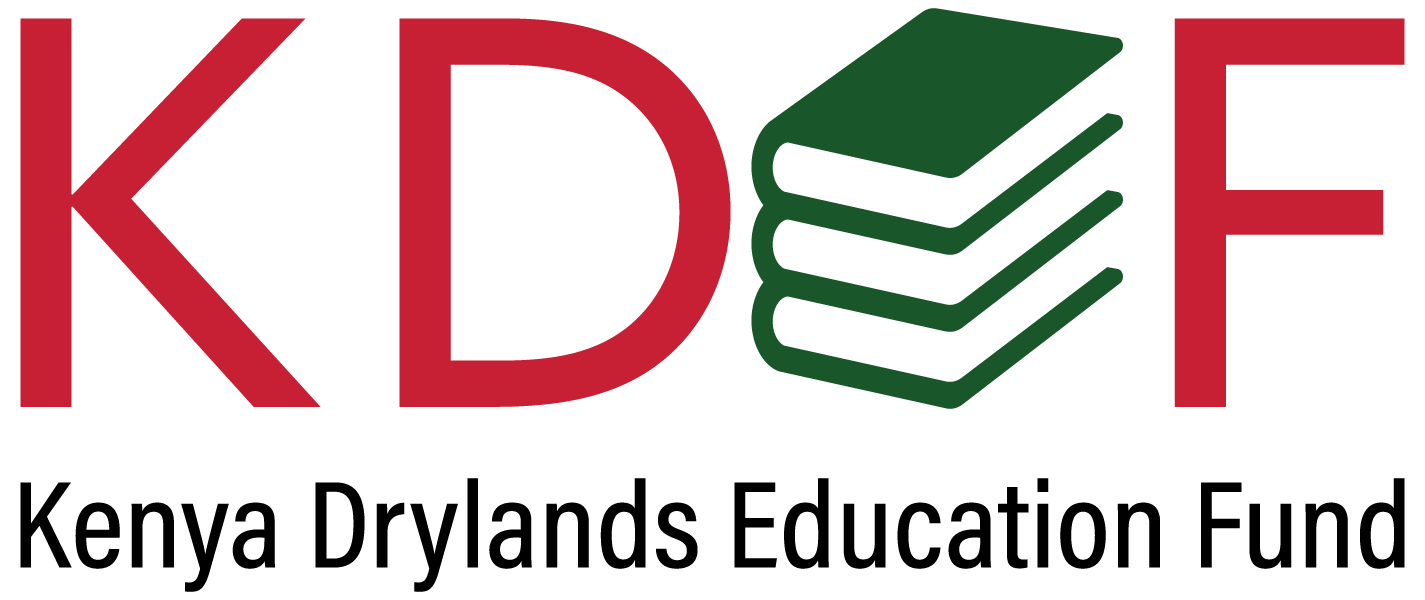Where We Work
The Drylands of Northern Kenya
We work in Marsabit and Samburu Counties, a remote and rural region that covers 100,000 square kilometers (38,600 square miles) of arid and semi-arid land in Northern Kenya. It’s home to semi-nomadic, pastoral communities that for centuries have lived by raising livestock—cattle, goats, sheep, camels. It is a deeply patriarchal culture in which men typically manage the herds, women raise the children and tend to the homestead, and children stay home from school to help with chores. Girls are far more likely than boys to leave school early to help their mothers—or to enter an arranged marriage.
Climate change—severe cycles of drought and expanding desertification—is now disrupting this traditional way of life. Men are gone from the villages for months, ranging far afield to find grazing territory for their livestock, or migrating to other countries to find work. Left at home to support the children, women are now raising animals, or picking up a meager income through unskilled labor.
This cultural transition presents many challenges but also an opportunity to foster the economic empowerment of women. It’s within this context that KDEF is focused on education as the single-most powerful level for transformation and community uplift—for all children, but primarily for girls.
“To educate girls is to reduce poverty.”
—Kofi Annan (Former Secretary-General of the United Nations)
WATER AND CLASSROOMS FOR ALL
Access to water, classrooms, and proper sanitation is important to the success of our programs—and a big barrier to school attendance in the Kenya drylands. To attract and retain learners—and create a conducive learning environment—KDEF builds and equips classrooms, student dorms, staff housing, kitchens and latrines to ensure that students and teachers have a safe and conducive learning environment.
Because groundwater is scarce and often contaminated, KDEF works with communities to find sustainable solutions. We built rain-harvesting rock catchments, masonry storage tanks, and solar-powered boreholes. And through generous donations, we’ve purchased a water truck to supply schools and villages during dry seasons and emergencies.

